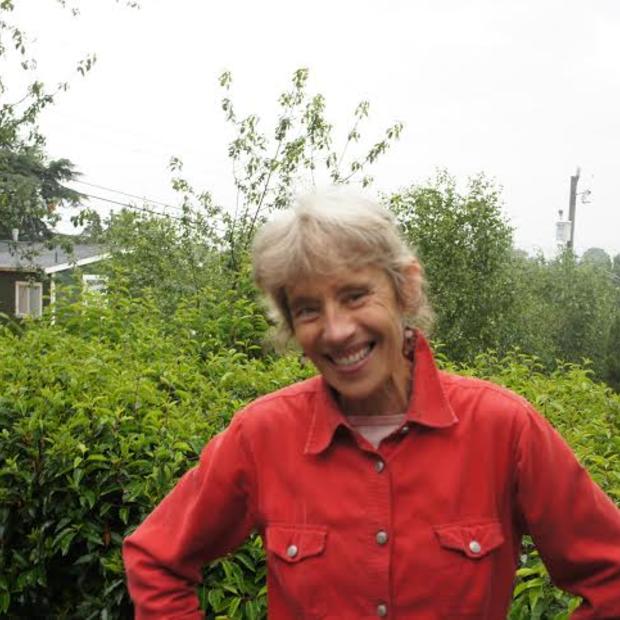In his new book, The Big Thirst, Charles Fishman isn’t out to add to the chorus of laments about the global water crisis. Instead he focuses on solutions. He envisions a world where conservation is habitual and recycled wastewater becomes part of everyday life.
Click on the audio player above or here to listen.
Charles Fishman opens The Big Thirst, with a chapter called “The Revenge of Water.” In the developed world most people don’t recognize water scarcity may be the new norm, because they’ve become blasé about its abundance, safety and low cost.. Take Australia. It took a 10-year drought for them to change their water habits.
“They had to remake their entire economy to accommodate a lower availability of water," Fishman says. "Now they didn’t dry out the economy, but in every major city in the country they changed their water habits.” The drought was immediately followed by flooding. “But you’re never sorry that you learned to live successfully with less of a resource.”
Fishman, a journalist who specializes in business innovation and social responsibility, is rigorous when explaining the water we have now is all the water we’ll ever have. Unlike other books detailing the thousands of water crisis happening the world over, Fishman brings attention to solutions, what he calls "water-use revolutions." One began 25 years ago in Orlando, Florida. The city started using waste water to water lawns and flush toilets. Most of the nation uses clean drinking water for both.
First, Orlando built water re-use facilities. “Then they passed laws requiring all new office parks, schools, subdivisions, soccer fields, to use the recycled water for outdoor irrigation,” Fishman says. Existing businesses and homes were grandfathered in. Everything new had to use recycled water. “When you put that water out on the environment it eventually percolates back into the water system. So it’s just a brilliant way of looking at wastewater, not as a burden, what are we going to do with this dirty water, but as a resource.” Today, Orlando, despite population growth, supplies the same amount of water it did 25 years ago and recycles 100% of its drinking water.
Putting a positive spin on it, Fishman says there’s a lot of opportunity for water-use revolutions. Electric power plants and farms, the nation’s biggest users, recognized that the golden age of abundant, safe and cheap water might be over back in 1980. The change happened in two ways. First came political pressure to use less water from surrounding communities. Then came technology. “Smart use of water on farms isn’t rocket science. You just have to invest in the tools and the knowledge.”
Fishman says a hundred gallons of water today produces twice the amount of food it did 30 years ago. Jumpstarting a new kind of water thinking at the personal level means exposing people to how water systems work, says Fishman. Most systems are hidden from the public eye. “We need to talk a lot more about what’s behind the process of just being able to turn on the tap and what’s required to sustain it.”
Changing water habits also requires visionary leadership, says Fishman, both in countries where it’s been abundant and those where it’s hard to come by. Navi Mumbai is the only modern city in India to provide clean water 24/7. It took local leaders eight years to marshal the argument and the money. People were cynical it could be done, notes Fishman. “So they brought a big water supply pipe in and then they started supplying neighborhoods with 24 hour water.” Today Navi Mumbai is one of the few cities in India with routine fire protection. Fire hydrants have access to water.
Leadership after Australia’s 10-year drought is coming from a water economist, Mike Young. Critical human needs and the environment that feeds the water system need to be guaranteed for all and remain inexpensive, suggests Young. All other water uses need to be priced at a higher cost. Water is irrationally cheap, says Fishman. The average monthly bill in the US, $34, is less than the average smart phone, $80. The price doesn’t cover the cost of delivery or staff to run the water utility. “So that system is desperately starved. If there’s not even enough money to pay the electric bill there’s certainly no money for modernization or innovation or protecting the original source of water, whatever it is.”
Nor is there incentive to think smart whether you’re an individual, a city or a power plant. What Fishman does in his engrossing narrative, The Big Thirst, is envision a world where recycled wastewater is habitual and where the turbulent future of water becomes a whole lot more secure.



